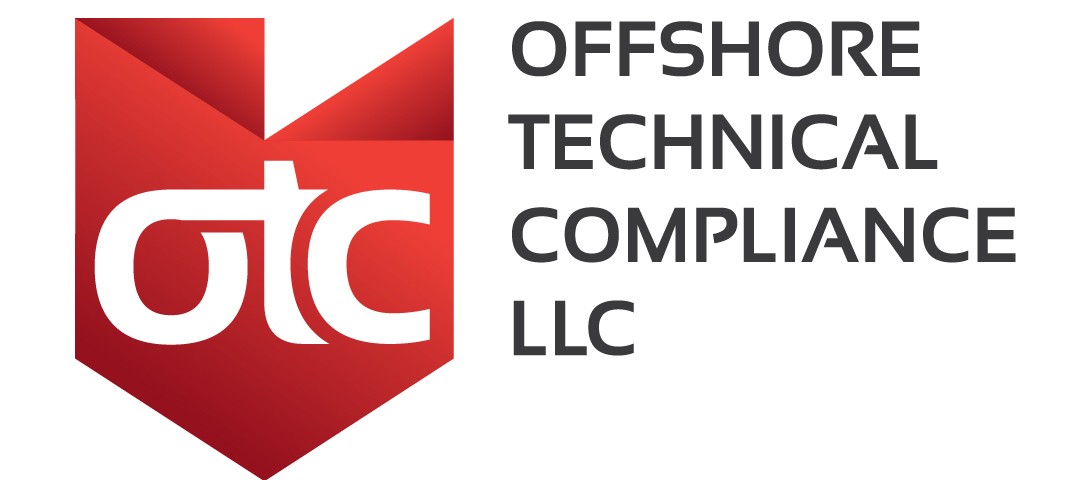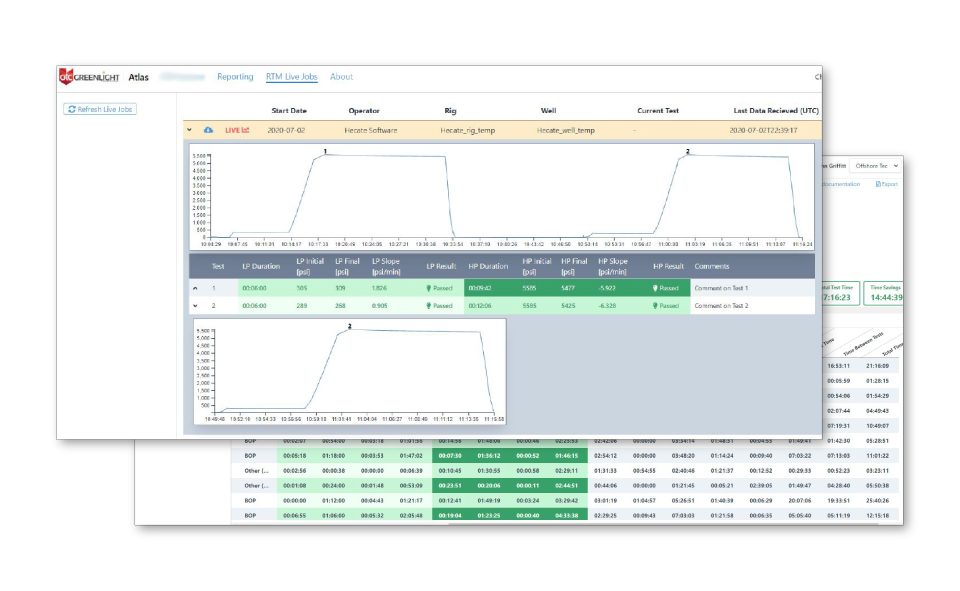- Have any questions?
- +985-727-7400
‘Good Initiative, Bad Judgment’

OTC’s Marine Regulatory Compliance Training Q&A
September 29, 2016
External Visual Inspection for Pressure Vessels
October 31, 2016
Our friends at Northwest Technical recently wrote this piece on the management of change, and we feel it is a good fit to share with our Compliance Corner viewers.
Welcome to the first “Good Initiative, Bad Judgment” installment. We hope to bring you little morsels of information that can help you prevent issues within your operations, whether big or small. When faced with deadlines and operational tempo, it is easy to think you’re making the right choice by rushing through a procedure or process in an effort to shave a little bit of time off. Unfortunately, Murphy’s Law almost always likes to get involved and turn the 5 minutes of potentially useful time into hours of further issues. These bits of information are not intended to save the world, but make you think about how you operate overall, and hopefully save you from making the same mistakes we’ve witnessed.
Using the Proper Tool
We’ve all heard it more than once: “Use the right tool!” But it is easy to use the first thing we find that ‘might’ get the job done. Convenience trumps judgment when were just trying to get something accomplished. But failing to use the proper tool can lead to even greater issues. We’ve all had stripped bolts and gouged screw heads that are labor intensive migraines, but what happens when you try to use a screw driver to force a soft seal out? Leaks…and headaches…and downtime. Soft seal removal tools are specifically designed to ensure that the seat the soft seal engages is not damaged. That screwdriver might seem like an awesome idea, but the likelihood you’re disassembling your component and re-machining the sealing surface (or replacing it) makes the minute or two it would take to find the proper tool seem marginal. Saving time using a screwdriver…Good Initiative. Actually using it to destroy the sealing face … Bad Judgment. Use the proper tool!
Testing Integrity
A few weeks back my water heater decided to make an appearance in my master bedroom. Why it is in the attic in the first place I’ll leave for another day. I worked tirelessly in the steaming attic plumbing in a new on-demand unit. But the 120°F heat had me cutting whatever corner I could. I failed to properly flush the hot & cold water lines. And all of the swarf from cutting lines passes right through the on-demand heater (no tank) and into whatever valve you decide to open. Needless to say, a minute worth of work would have saved me from repairing four sink valves. And the same thing goes when pressure testing offshore. Ensuring everything in the test is clean and clear of debris can save you time, and possibly your life. Test fixtures, pressure lines, and bleed lines with small IDs can become partially blocked with grease, bits of Teflon tape, mud and other debris. The end result here is your test is slow, fails, or you can end up with trapped pressure. Spend that minute or two before set-up to ensure that your lines are clean and clear, and avoid the possibility of follow-on problems. “An ounce of prevention,” right?
Change is Hard
If you have kids, you know change is a fact of life. From when they wake up to what foods they happen to ‘hate’ today. I solved this issue by implementing a Management of Change (MOC) process at the house. You don’t like pot roast today? Well fill out this form, have mom sign it, and ensure the cat properly files it for audit. Other than that, you eat what’s in front of you. Needless to say, implementation has been painful!
Offshore, Management of Change is a fact of life. There are too many working pieces for anyone to fully comprehend what is going on, and the MOC process ensures that any change is reviewed by all relevant parties. When it comes to BOPs, one of those parties just happens to be BSEE. Any changes relevant to the drawings, procedures, and documents for the BOP, regardless of how insignificant it might seem, must be presented to BSEE. These items are included with an operators permitting package, and once it gets approved those documents are just about as good as law when it comes to operating the BOP. So next time you make a change on the BOP, make sure you have BSEE in mind. This becomes an even greater burden under the new regulation as there is a regulatory requirement to suspend operations until they explicitly approve the change(s). It might seem like a good idea to bypass some parties that need to review a change in an effort to move operations forward, but Bad Judgment always trumps Good Initiative.

